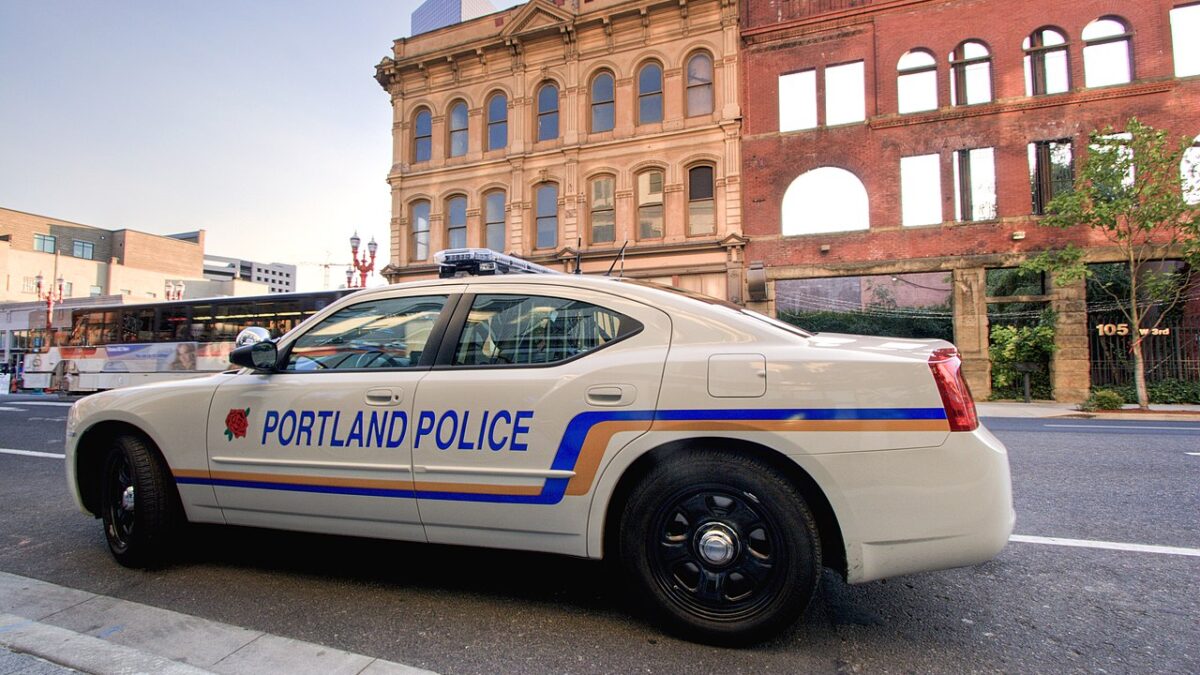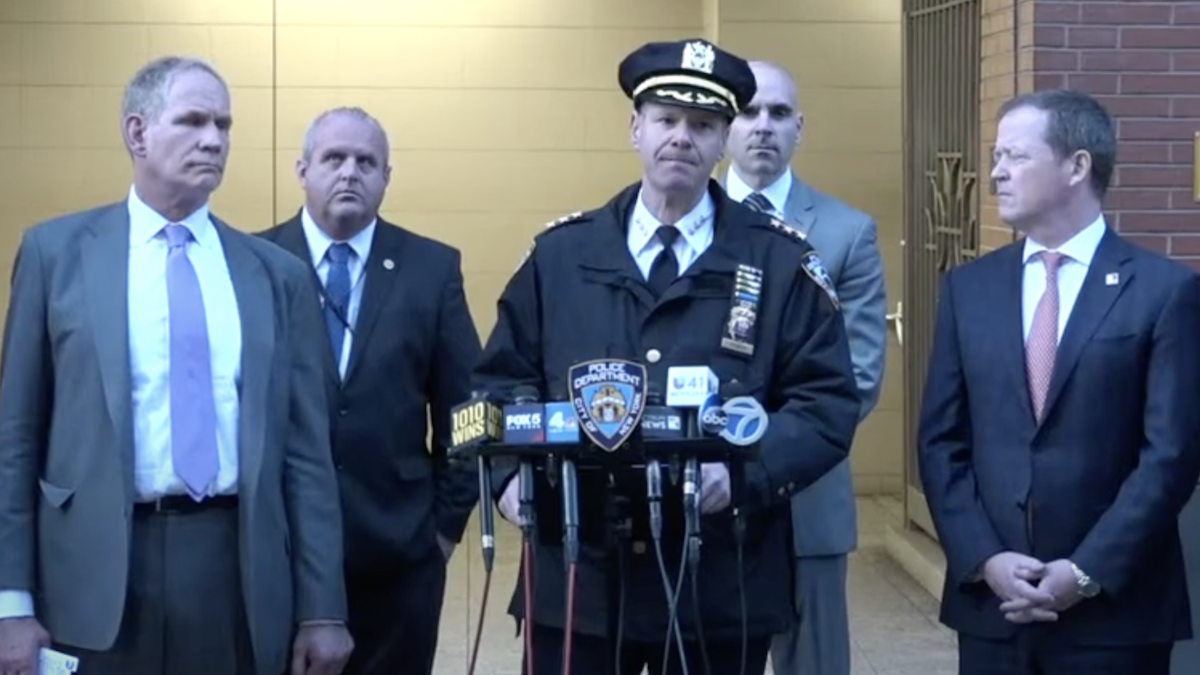Shattered glass lined the sidewalks. Downtown Portland was recovering from nightly riots five days after George Floyd’s police death. I was downtown with friends, helping businesses recover from the latest bout of violence. Officers with the Portland Police Bureau (PPB) were taking reports from damaged businesses.
More than three years later, Portland police are still struggling to respond to crime. The PPB is dealing with high response times, high crime rates, and low staffing levels, according to a Manhattan Institute report released Sept. 14.
“Portland, Oregon, is in the middle of a public safety crisis,” the report reads. “What sets Portland apart are the limits on its capacity to respond to these issues with the traditional tools of the criminal justice system and, in particular, its capacity to use the police.”
The PPB took more than 20 minutes to respond to high-priority calls, more than 50 minutes to respond to medium-priority calls, and more than one and a half hours to respond to low-priority calls as of July, according to the report.
“Like other major cities, Portland, Oregon, has experienced a surge in crime and disorder over the past three years,” the report reads. “Unlike other major cities, Portland is uniquely ill-equipped to deal with this problem, because its police department is uniquely understaffed.”
The city’s shootings spiked after Floyd’s death, reaching a 26-year record in 2020 and setting all-time homicide records in 2021 and 2022. Portland followed the “defund the police” movement, slashing $15 million from the PPB’s budget and cutting the number of sworn officers by 8 percent.
“Property crimes have surged,” the report reads. “Public disorder, in the form of camping and public drug use, is rampant.”
The year following Floyd’s death, one in every 1,000 black Portland residents was murdered.
“The effects of this crime wave fell disproportionately on those whom protesters claimed to help,” the authors found. “The city set homicide records in the past two years and is facing a wave of shootings that has not yet receded.”
At the same time, staffing levels sank. The PPB had just one narcotics detective by 2023, as more than half its narcotics officers were transferred back to patrol in 2021. That year, 115 officers resigned or retired, the largest mass departure in the city’s recent history.
“This is a tremendous loss in historic and institutional knowledge and relationships with the community,” reads the PPB’s 2021 annual report. “While the bureau can eventually fill these positions, it will take years for members to gain the same level of expertise.”
The PPB was already 120 officers short of its authorized staffing levels in 2019, but its staffing-to-population ratio had been declining since 1995, according to the Manhattan Institute report. Portland has the 48th lowest such ratio among America’s 50 largest cities, with just 1.26 officers per 1,000 residents. According to the PPB’s website, the bureau currently has 294 total patrol officers split between three precincts.
The report offers a reason for the decline in staff. Declining police morale following the 2020 riots, along with a lengthy, under-resourced hiring and training process, contribute to the problem.
“The only differences between the Titanic and PPB?” one officer leaving the department asked The Oregonian. “Deck chairs and a band.”
The PPB requires 1,120 hours of basic training, along with a laundry list of requirements to serve, while city departments nationwide required an average of 971 hours in 2018. PPB officers also spend close to 960 hours in field training, compared to a national average of 637 hours in city departments.
On top of this, officer applications decreased by close to 40 percent, from 1,075 in 2019 to 675 in 2021. The PPB hired only 27 officers that year.
But the report also suggests solutions. Portland needs close to 1,130 officers to reach the same median staffing rate as other major cities.
“The city would need those officers to be available to do the work of policing — patrolling, investigating, and keeping the city safe,” the report reads. “Decisive action is needed.”
The city should pay its officers enough to attract new recruits and keep up with local housing costs, which are 12 percent higher than average across the state, according to the report. While the PPB could secure state and federal funding for better pay, money would be a constraint.
So the report said the PPB should make hiring practices more efficient by reevaluating standards and hiring more staff to process new hires. It also recommended shortening training wherever possible.
The PPB could also embrace “civilianization,” or allowing civilians to do jobs currently performed by current officers, the report said. The PPB employed 123 “non-patrol” officers as of July 2023, which means they were kept off the streets. But if civilians performed any of these tasks possible, officers currently labeled “non-patrol” could bolster staffing.
The last remedy, however, would require “political will,” according to the report. If the mayor and city council worked to restore officer trust in civilian leadership, it could encourage officers to stay on the force. Many departing officers blamed leftist Multnomah County District Attorney Mike Schmidt for making their work seem purposeless by failing to prosecute criminals, so this effort would also require more prosecutions.
“Without intervention, a once-vibrant city could fall victim to this vicious cycle, hollowed out by its own inaction,” the report concludes. “The time to reverse course and to arrest the problem is now.”









